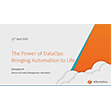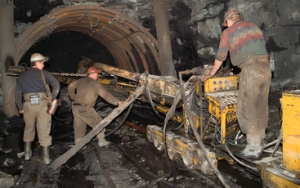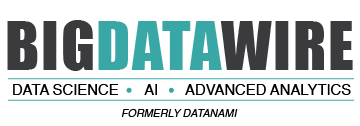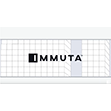
Data Mining Digs Deep to Protect Coalminers

In a big data competition that gives new meaning to “data mining,” a team of machine learning experts provided the most accurate predictions about possible seismic activity in active coalmines. The predictions could eventually be used to improve mine safety.
Big data science specialist Deepsense.io of Menlo Park, Calif., said separate machine learning teams captured the top two places in a recent artificial intelligence competition designed to provide the most accurate solutions to predicting earthquakes that could endanger the lives of coal miners.
The data mining competition held as part of an annual symposium on advances in artificial intelligence required data scientists from around the world to develop algorithms that could be used to predict periods of intense seismic activity. The algorithms were based on analyses of seismic energy flow measurements taken within coalmines.
The two Deepsense.io data science teams based in Poland were among 203 from around the world submitting more than 3,000 possible solutions. The company credited its top-two finish to its machine learning approach it has been expanding beyond IT use cases to include industrial and medical applications.
The location of the winning teams was no coincidence: Mine safety is a high priority in Poland, where coalmining companies are required by law to introduce safety measures to protect underground workers. This year’s AI competition was prompted in part by shortcomings in current “knowledge-based” safety monitoring systems, organizers said.
Hence, data mining techniques were employed to detect seismic activity that could endanger coalminers.
While the worker safety remains the highest priority, modern mining operations also use highly specialized and expensive equipment.
Underground mining remains one of the most dangerous occupations on Earth. Mining companies are required to measure a range of environmental factors in underground mines. However, advanced monitoring systems can fail to predict dangerous seismic activity that could lead to cave-ins or other mining disasters.
The third-place finisher in the algorithm competition was a team from Golgohar Mining & Industrial Co. of Iran.
Deepsense.io, which also has offices in Warsaw, describes itself as a “pure Apache Spark company” specializing in data manipulation and predictive analytics. Former Facebook (NASDAQ: FB), Google (NASDAQ: GOOG, GOOGL) and Microsoft (NASDAQ: MSFT) software engineers and data scientists founded the company.
Efforts to improve earthquake predictions capabilities have been ramping up with the increased incidence of what the U.S. Geological Survey (USGS) refers to as “induced earthquakes.” Geologists think these man-made tremors are likely associated with energy exploration techniques like hydraulic fracturing, or fracking.
USGS announced this week it would award up to $7 million in grants during 2017 to investigate earthquake hazards. Among past projects funded by the agency were studies designed to characterize the causes of “potentially induced earthquakes” in California, Ohio, Kansas, Texas and Wyoming.
Recent items:
How Machine Learning is Eating the Software World
Five Reasons Machine Learning is Moving to the Cloud



























